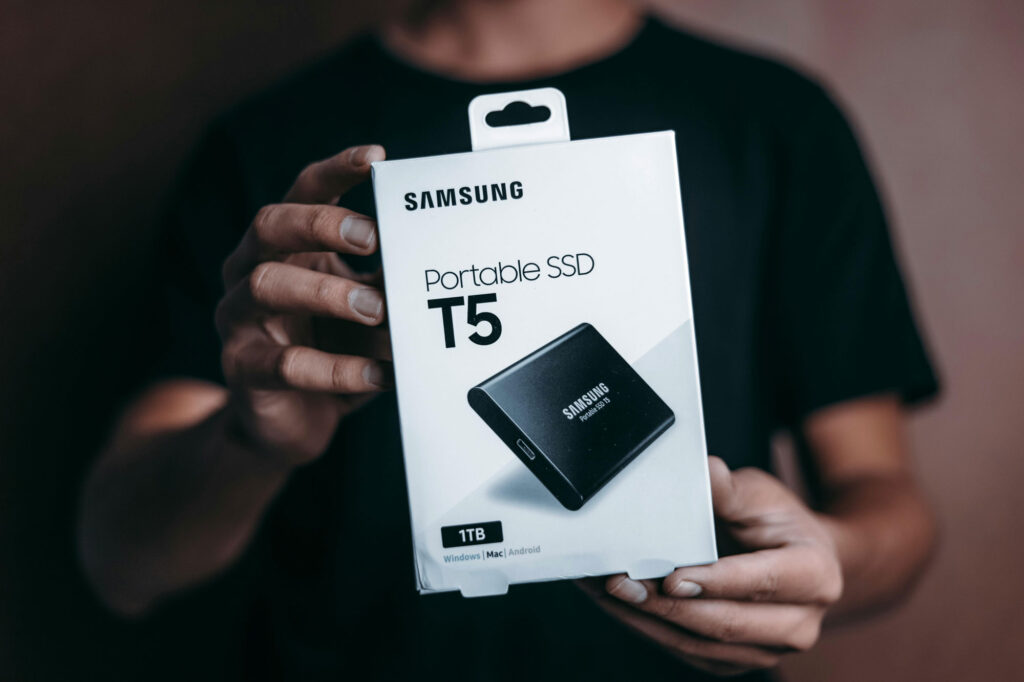In the ever-expanding world of Technology and its swift growth into our everyday lives over these past few decades, Solid-state drives (SSDs) have become a vital component in the rapid advancement modern computing; providing faster, more reliable storage compared to traditional hard disk drives (HDDs). With their widespread use in laptops, desktops, and data centers, it’s essential to understand the various form factors of SSDs available today along with their specific functions.
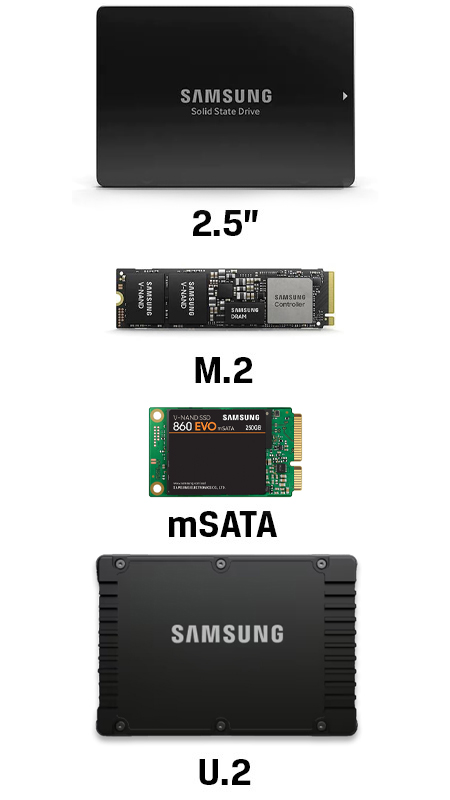
2.5”
Whenever you are in the market for a new SSD, the first thing you’ll want to know is which form factor fits in your system. SSDs come in many shapes and sizes. For example, 2.5” is the most common type of SSD and fits into most laptop or desktop computers. It has a similar shape to a traditional hard disk drive (HDD) and connects over SATA cables so it offers a very familiar experience to what many are already used to.
M.2
Another popular form factor is the M.2. The M.2 has become the standard type of storage for slim laptops and notebooks. Its tiny form factor is often compared to a stick of gum and easy to install right on the motherboard in most cases. It is available in various lengths to enable different SSD drive capacities; the longer the drive, the more NAND flash chips can be mounted on it leading to higher capacity drives.
mSATA
mSATA, or mini-SATA, is essentially a smaller version of the full-size SATA SSD. It uses a compact form factor like M.2 but is not interchangeable. M.2 drives can support both SATA and PCIe interface options whereas mSATA only supports SATA. This form factor is designed for smaller form factor systems where space is limited.
U.2
Finally, there’s U.2 which looks like a 2.5” drive but is typically a bit thicker. It uses a different connector and sends data through the PCIe interface. U.2 SSD technology is typically reserved for high-end workstations, servers, and enterprise applications that need greater storage. It allows higher operating temperatures and is more favorable for transferring heat than the M.2 form factor.
2.5-inch SSD
Function & Use Cases: The 2.5-inch form factor is the most common SSD size, especially in consumer and enterprise laptops, desktops, and even gaming consoles like the PlayStation 4 and Xbox One. It’s roughly the size of a standard laptop hard drive, making it ideal for easy upgrades from older HDD systems.
Interface: Typically SATA III (6 Gb/s), although there are some models that support NVMe via a PCIe adapter.
Compatibility: It fits into most laptops and desktops that were originally designed for hard drives.
Performance: While performance is good, it is limited by the SATA interface, meaning it can’t reach the same speeds as NVMe-based SSDs.
Use Cases:
- Laptops and desktops that are upgrading from mechanical HDDs.
- Budget-friendly storage solution for consumers and businesses.
- External SSDs for users who need portable, fast storage.
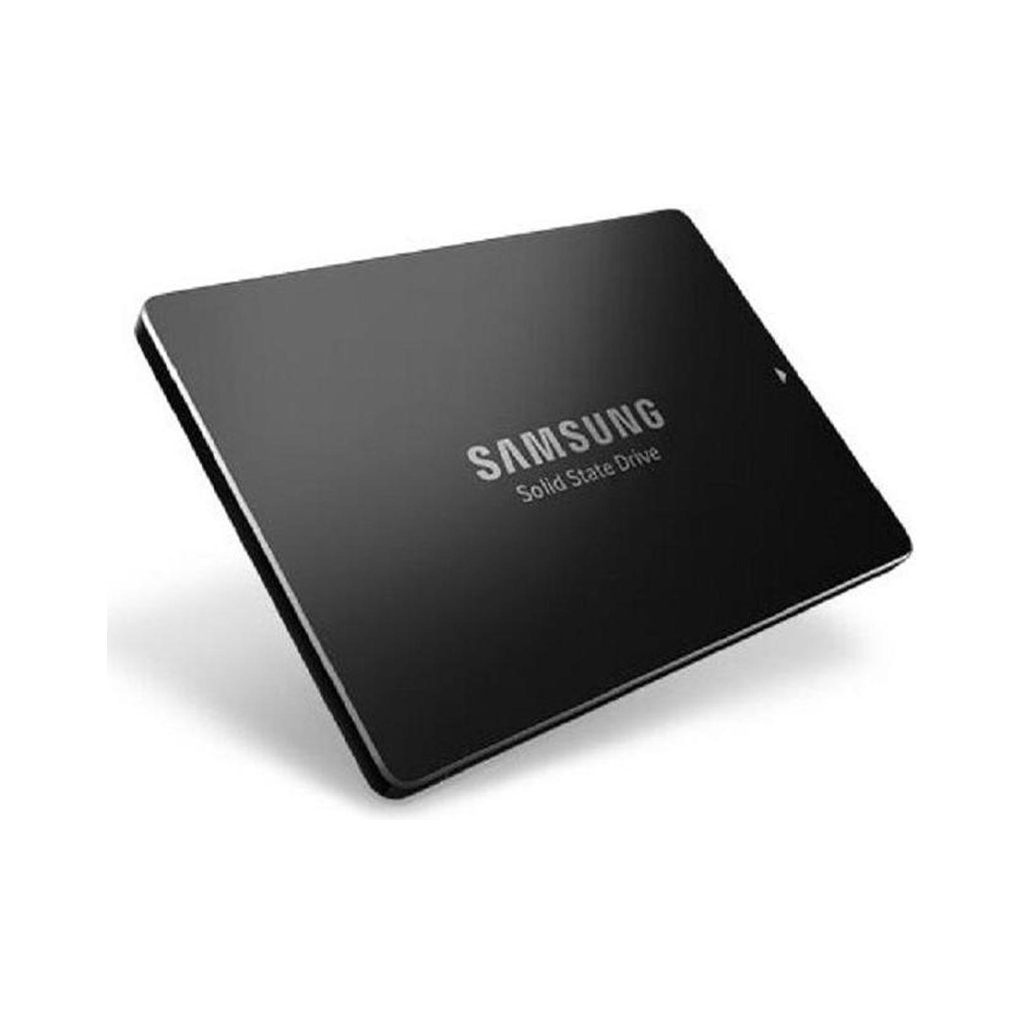
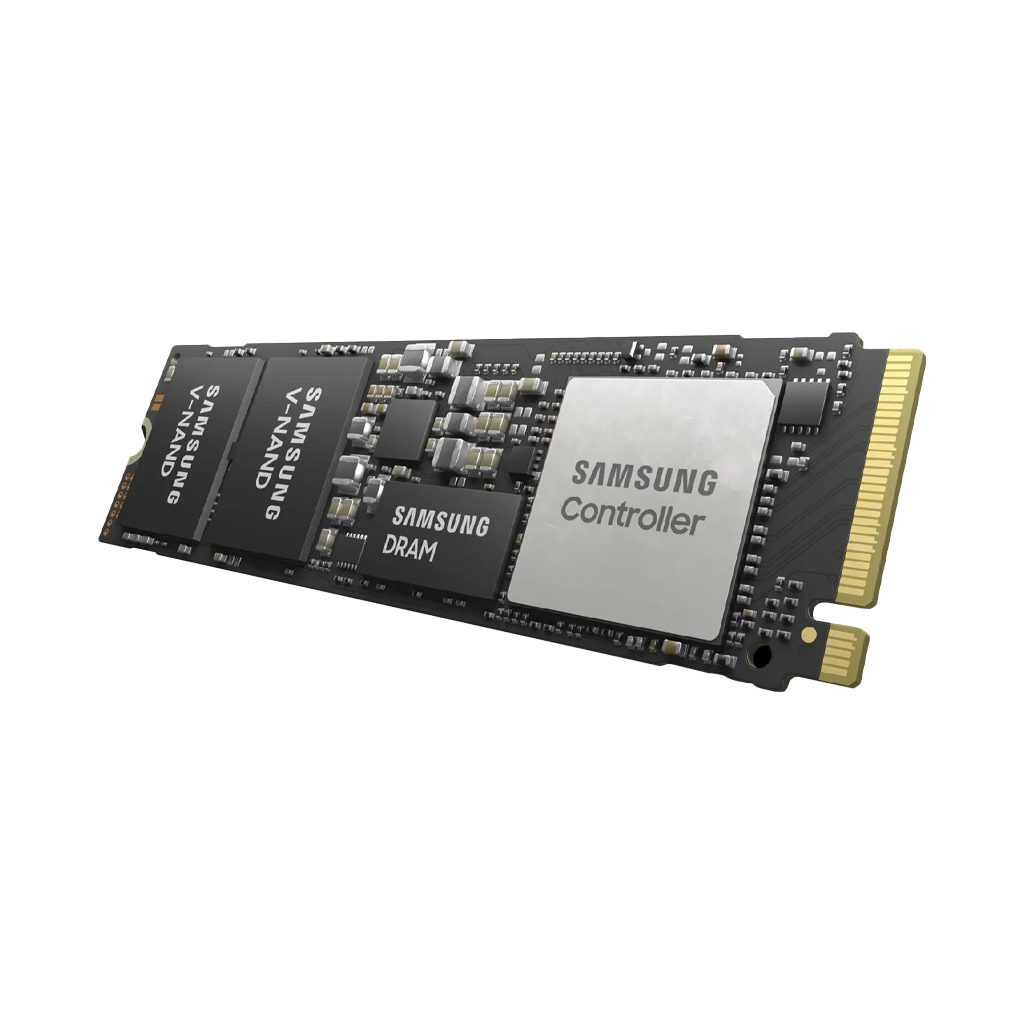
M.2 SSD
Function & Use Cases: M.2 is a small form factor designed for thin, compact systems like ultrabooks, tablets, and gaming laptops. It is commonly used in both consumer-grade and enterprise systems due to its excellent performance and compact size.
Interface: M.2 SSDs can support either SATA III or PCIe (with NVMe support). PCIe M.2 SSDs offer significantly faster read/write speeds compared to SATA M.2.
Sizes & Types: M.2 drives come in various lengths and widths (e.g., 2280, 2230), where “22” refers to the width (22mm) and the next two digits represent the length in mm (80mm for 2280).
Performance: When paired with NVMe (Non-Volatile Memory Express), M.2 SSDs provide much faster read/write speeds compared to SATA SSDs. NVMe speeds can range from 2,000 MB/s to upwards of 7,000 MB/s in the latest PCIe Gen 4.0 drives.
Use Cases:
- Gaming laptops and ultrabooks where space and speed are critical.
- High-performance desktops, especially for gaming, content creation, and heavy workloads.
- Enterprise servers that require faster storage for database and virtual machine operations.
mSATA SSD
Function & Use Cases: mSATA (mini-SATA) is a smaller version of the SATA SSD, designed primarily for compact devices like ultrabooks, tablets, and embedded systems.
Interface: SATA III, meaning it offers similar performance to the 2.5-inch SATA SSD.
Size: The mSATA form factor is much smaller, about the size of a credit card.
Performance: Performance is similar to a 2.5-inch SATA SSD but is generally limited by the SATA interface.
Use Cases:
- Laptops and ultrabooks with limited space for storage.
- Tablets and small computing devices.
- Embedded applications and IoT devices that need fast storage in a compact form.
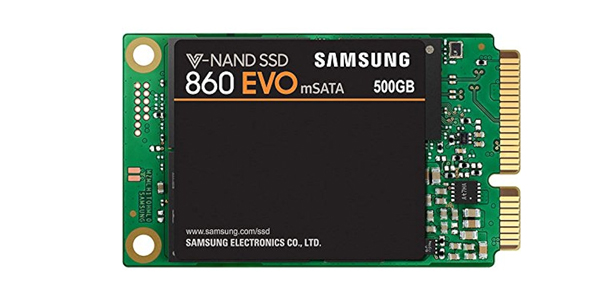
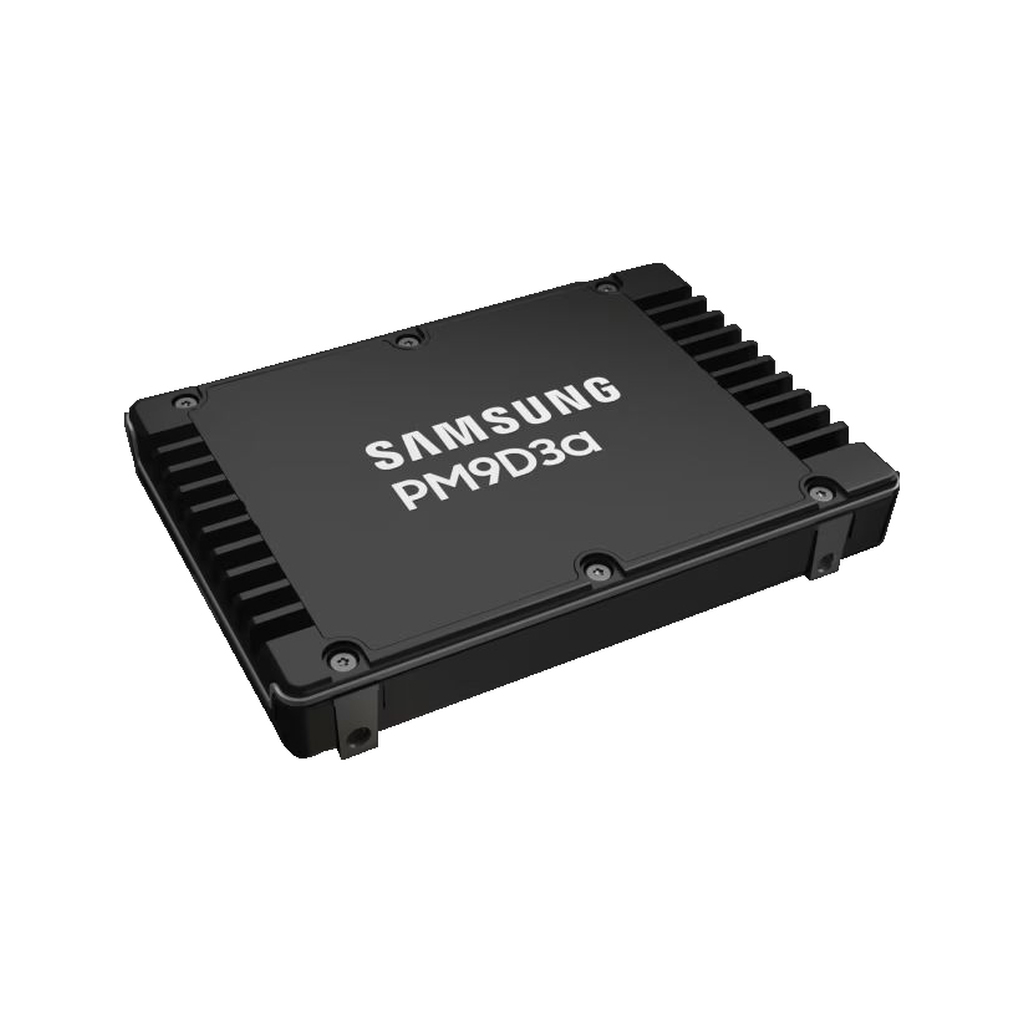
U.2 SSD
Function & Use Cases: U.2 is a form factor that combines the small size of M.2 with the enterprise-grade durability and speed of PCIe. It is commonly found in enterprise environments, where reliability, speed, and capacity are paramount
Interface: U.2 uses PCIe (typically Gen 3) with NVMe support, offering speeds comparable to PCIe M.2 SSDs.
Form Factor: U.2 SSDs are 2.5-inch drives but use a different connector, enabling them to connect to a PCIe interface.
Hot-Swappable: One of the key features of U.2 is its hot-swappability, allowing users to replace or add drives without powering down the system—ideal for enterprise environments where uptime is critical.
Use Cases:
- High-end enterprise storage systems.
- Data centers requiring fast and reliable storage for large-scale operations.
- Servers requiring high throughput for demanding applications like virtualization and databases.
Conclusion
In summary, the form factor of an SSD plays a significant role in determining its physical size, interface, and intended use. Whether you are upgrading your personal laptop, building a gaming rig, or setting up an enterprise server, it’s important to choose the right SSD form factor that suits your needs.
From the standard 2.5-inch SATA SSDs for general consumers to high-performance PCIe and U.2 SSDs for enterprise applications, the SSD market offers a variety of options, each with its own unique advantages. Understanding these form factors will help you make the best decision for your specific storage requirements.

